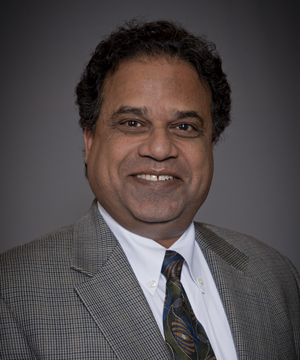Sanjeev Shroff, PhD
Mentor

Dr. Sanjeev Shroff
(Bioengineering, Cardiovascular Institute & MIRM) Myocardial proteins and whole heart mechano-energetic function; Vascular stiffness and cardiovascular function; Large-scale mathematical models of biological systems
Our research efforts are focused on three areas. In the first area, we are examining the relationships between global left ventricular mechano-energetic function and underlying cellular processes, with a special emphasis on contractile and regulatory proteins. We are also interested in defining the mechanical and chemical regulators of these contractile and regulatory proteins and their role in the transition to overt heart failure in the setting of chronic pressure and/or volume overload. Novel experimental and mathematical model-based data analysis techniques have been and continue to be developed for this purpose. Whole heart, isolated muscle, and single cell experiments are performed using various animal models, including transgenic mice. We are currently using this basic information regarding structure-function relationships to develop novel inotropic therapies that are based on altering cellular composition using genetic means. This information can also be used to optimize the fabrication protocol for engineered cardiac tissue such that it possesses the desired contractile and energetic properties. The second research area focuses on the role of pulsatile arterial load (vascular stiffness in particular) in cardiovascular function. One of the hypotheses being investigated is that aberrant vascular stiffness changes are involved in the genesis of certain cardiovascular pathologies (e.g., preeclampsia, isolated systolic hypertension in elderly). Novel noninvasive measurement techniques are used to conduct longitudinal human studies, which are complimented by in-vivo and in-vitro vascular and cardiac studies with animal models. Finally, we have developed and continue to develop novel, large-scale mathematical models of interacting biological systems. These models are being used for educational purposes (i.e., embedding "virtual experiments" within didactic text) and for engineering design and optimization of artificial assist or replacement devices, especially in the cardiovascular arena.
